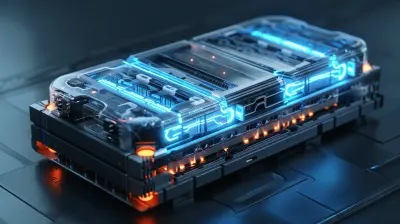The Future of Contactless Payments: What to Expect
30 July 2025
Contactless payments have skyrocketed into mainstream usage, evolving from an optional convenience to a fundamental aspect of how we pay today. Think about it: when was the last time you reached for cash or swiped your card? Chances are, you've tapped your phone or waved your card over a terminal more times than you can count. It’s quick, easy, and, let's be real, a little magical.
But like everything in tech, innovation doesn’t stop. The world of contactless payments is about to get supercharged, with developments that sound like they're straight out of a sci-fi movie. So, what's coming next? What can we expect from the future of contactless payments? Let's dive in.
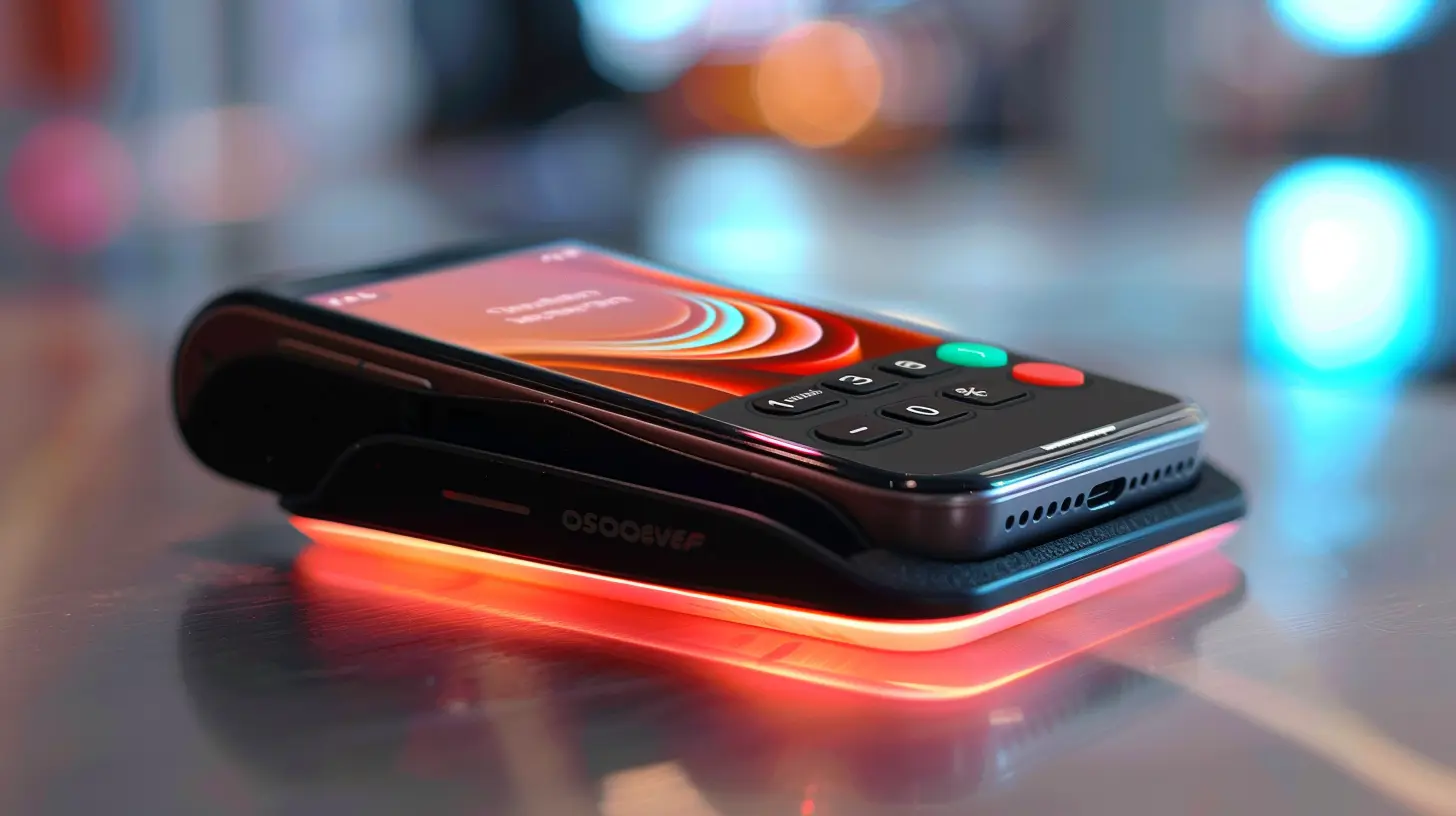
The Rise of Contactless Payments
To predict the future, we’ve got to understand where we are now. The rapid adoption of contactless payments can be traced back to a few key drivers: convenience, security, and the global push for hygiene due to the pandemic.Let’s be honest: no one likes standing in line, fumbling for change, or typing in a pin code. Contactless payments eliminate all that hassle. A simple tap of a card, smartphone, or smartwatch, and you’re good to go. For consumers and businesses alike, this frictionless experience is a game-changer.
At the same time, it's not just about ease. Security is paramount too. With features like tokenization (where your actual card info is never shared with the merchant) and biometric authentication on smartphones, contactless payments are often more secure than traditional methods.
And then COVID-19 hit, and suddenly, touching anything became risky business. People didn’t want to handle cash or punch in PINs on communal keypads. Contactless payments became the go-to solution, and their adoption has since exploded.
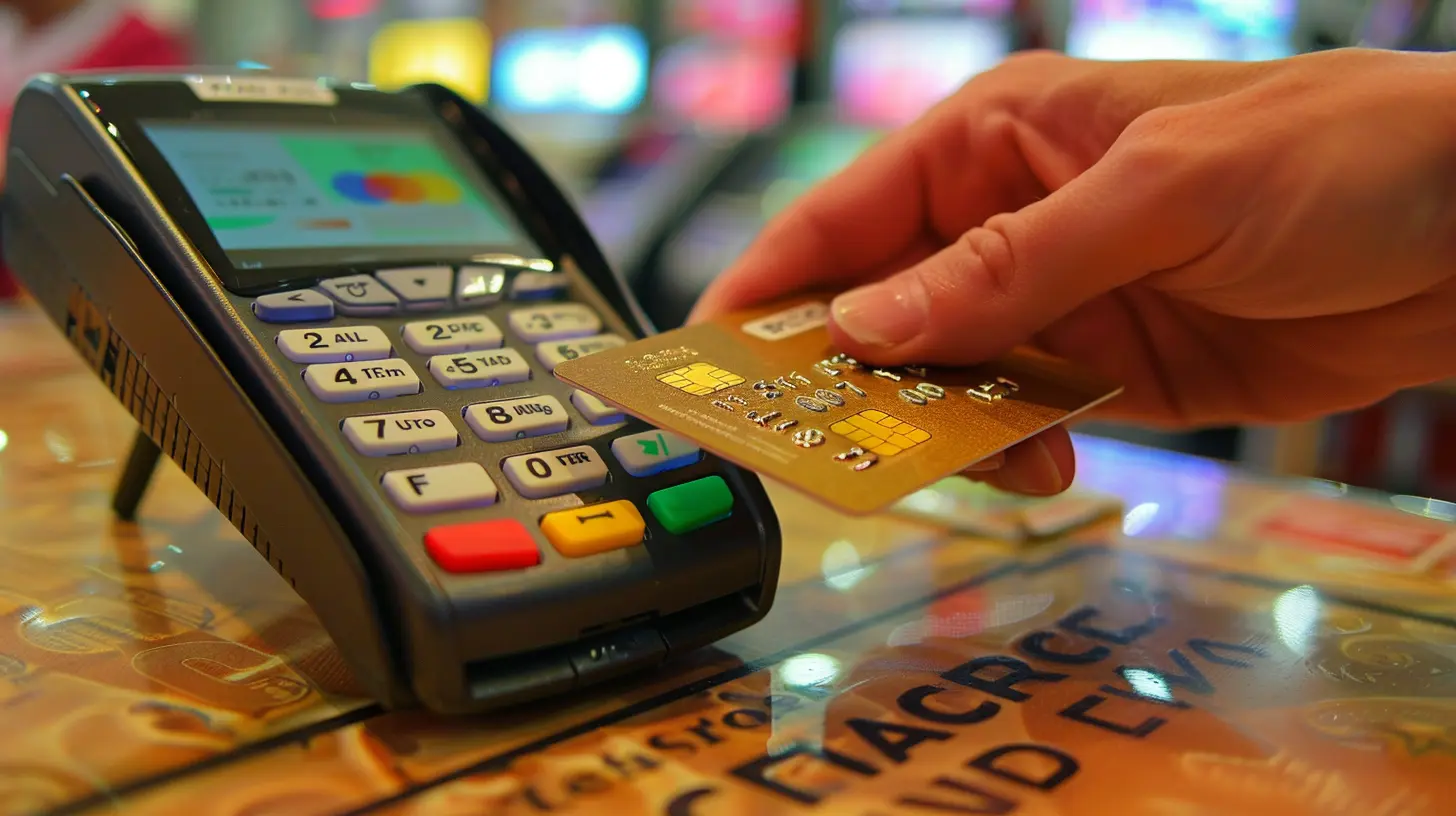
What’s Coming Next in Contactless Payments?
So, where do we go from here? The future of contactless payments promises advancements that will make today’s systems look positively primitive. Here’s a sneak peek of the innovations we can expect to see in the not-too-distant future.1. Biometric Payments: The End of Cards and Devices?
You’ve heard of biometric authentication—think fingerprint scans and facial recognition on your phone. But what if you didn’t even need your phone? What if your body was the ultimate payment method?That’s right, biometric payments are on the horizon. Imagine walking into a store, picking up what you need, and simply paying with a glance or a touch of your fingerprint. No phone, no card, no fuss. Systems like Amazon’s palm-scanning payment terminals are already in use in some stores, and it’s only a matter of time before this technology becomes more widespread.
It sounds futuristic, but the idea is simple: Your unique biological traits (fingerprint, face, or even your iris) are more secure than any PIN code or password. With advancements in AI and machine learning, it’s becoming easier to integrate these features into everyday transactions.
2. Wearables: More Than Just a Fashion Statement
Sure, smartwatches have been able to handle payments for a while now, but thinking that’s the end of the line for wearables would be a mistake. Why limit payments to your wrist?Imagine paying for your morning coffee with a ring on your finger or while wearing a pair of smart glasses. Companies are already experimenting with embedding payment chips into everyday accessories like rings, bracelets, and clothing.
The cool part? These wearable payment methods can be as discreet as you want them to be. Picture yourself at a concert, and instead of pulling out your phone or card to pay for a drink, you give a subtle tap of your ring to the reader. It's fast, seamless, and keeps things moving.
3. Voice-Activated Payments: Just Ask for It
You’ve probably asked Alexa to play your favorite song or Siri to set a reminder—but what about paying for your groceries?Voice-activated payments are already being explored, and they’re poised to become more common as voice recognition technology improves. Picture this: you’re driving home, realize you’re out of milk, and you tell your virtual assistant, “Hey, pay for a gallon of milk at my local store.” Done and done.
The integration of voice recognition with payment systems can make transactions more accessible, especially for people with disabilities. But it also raises some serious questions about security. Could someone else mimic your voice to steal your money? Developers are working hard on making voice biometrics foolproof, but it's definitely a challenge.
4. Cryptocurrency and Blockchain: A New Era of Digital Cash
Cryptocurrencies like Bitcoin and Ethereum have been around for a while, but they're still considered niche by many. That could change in the future as more merchants start accepting crypto as a form of contactless payment.Blockchain, the technology behind cryptocurrencies, offers a decentralized, transparent, and secure system for transactions. This could revolutionize how we think about money, making cross-border payments faster and cheaper without the need for traditional banks or middlemen.
In the future, we could see a world where paying with crypto becomes just as common as using a credit card. Imagine walking into a store, tapping your phone, and seamlessly using your digital wallet filled with cryptocurrency. No more exchange rates or hefty international transaction fees.
5. Augmented Reality (AR) and Virtual Reality (VR) Payments
Okay, this one sounds like it’s straight out of a sci-fi movie, but AR and VR payments may be closer than you think. As AR and VR technologies continue to evolve, especially in the gaming and e-commerce sectors, it’s not far-fetched to imagine paying for goods and services in virtual environments.For example, you could be browsing a virtual store in VR, pick up an item, and pay for it using an integrated payment system—all without leaving the virtual world. This could completely change how we shop online, offering a much more immersive experience compared to staring at a 2D screen.
6. AI-Powered Fraud Detection: Smarter, Faster, Safer
As contactless payments evolve, so too will the methods bad actors use to exploit them. But fear not—AI is on our side. Artificial intelligence and machine learning will play a critical role in the future of payment security.AI systems will be able to analyze vast amounts of data in real-time, identifying and stopping fraud before it even happens. From detecting unusual spending patterns to recognizing suspicious locations, AI will make our payments not just faster, but a lot safer too.
7. Connected Cars: Pay While You Drive
Imagine driving up to a gas station, and instead of getting out of your car to pay, your vehicle handles the payment for you. Yeah, that's happening. Connected cars are becoming smarter, and soon, they’ll be able to integrate with payment systems.Whether it’s paying for gas, tolls, or even your drive-thru order, cars equipped with payment technologies will make transactions smoother and more convenient. It’s all about reducing friction and helping you get from point A to point B without unnecessary stops.
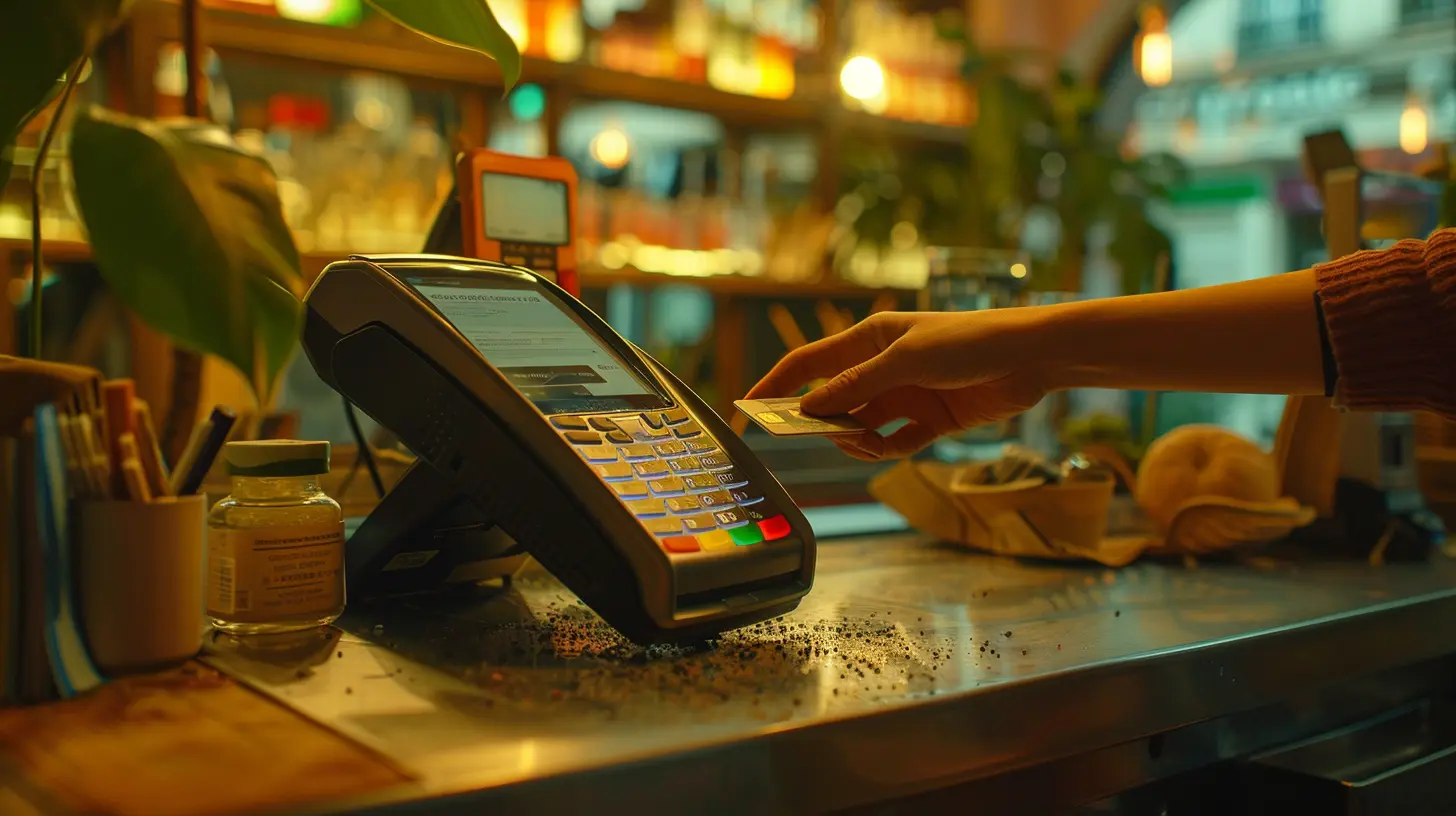
Challenges Facing the Future of Contactless Payments
As exciting as all these advancements sound, there are still some significant challenges ahead. If we’re going to fully embrace the future of contactless payments, these hurdles will need to be addressed.1. Privacy Concerns
The more we rely on biometrics, AI, and connected devices, the more data we’re generating—and that raises some serious privacy concerns. Who has access to this data? How is it being stored? And what happens if that data is compromised?As we integrate more personal information into our payment systems, the need for robust privacy protections will become even more critical.
2. Security Risks
In a world where your fingerprint or face can be used to pay for things, what happens if that data is hacked or spoofed? While biometric payments are generally more secure than traditional methods, no system is foolproof.Ongoing advancements in encryption, tokenization, and AI-driven fraud detection will be key to keeping these systems safe.
3. Access and Inclusivity
As the technology behind contactless payments becomes more advanced, there’s a risk of leaving some people behind, particularly those without access to smartphones or wearables. Ensuring that these new systems are accessible to everyone, regardless of their tech savviness or socioeconomic status, will be crucial.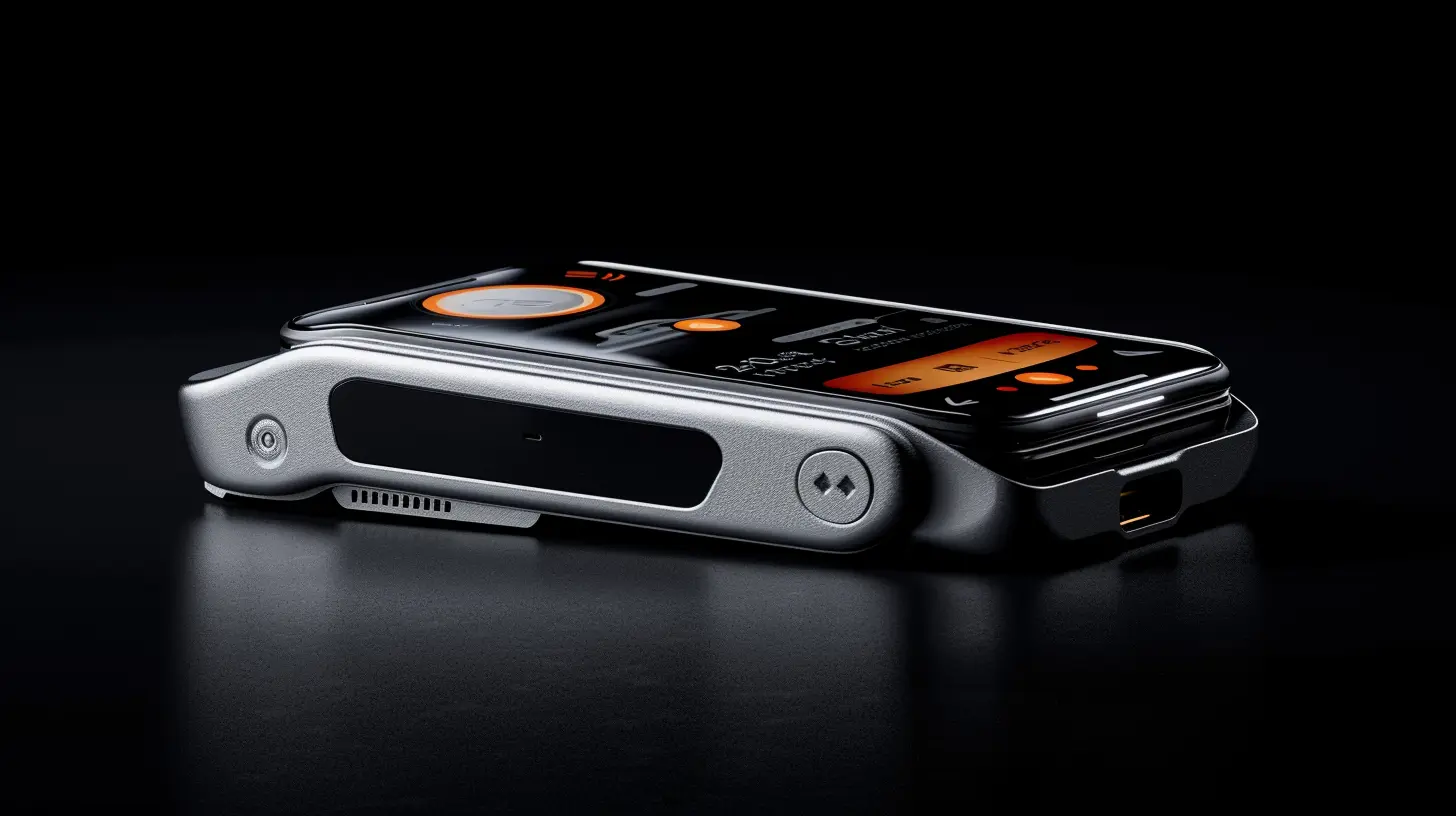
Conclusion: The Future Is Contactless
The future of contactless payments is exciting, no doubt about it. We’re moving toward a world where paying for things will become so seamless that we’ll hardly even notice we’re doing it. From biometric authentication to wearables, AI, and even cryptocurrency, the possibilities are endless.But with these advancements come new challenges. Security, privacy, and accessibility will need to be top priorities as we move forward. One thing’s for sure, though: the way we pay is about to get a lot more futuristic.
all images in this post were generated using AI tools
Category:
FintechAuthor:

John Peterson
Discussion
rate this article
1 comments
Thornefield McGee
Exciting times ahead! Can't wait for seamless transactions!
August 2, 2025 at 1:02 PM

John Peterson
Thank you! We're excited too—seamless transactions will truly transform the payment landscape!


